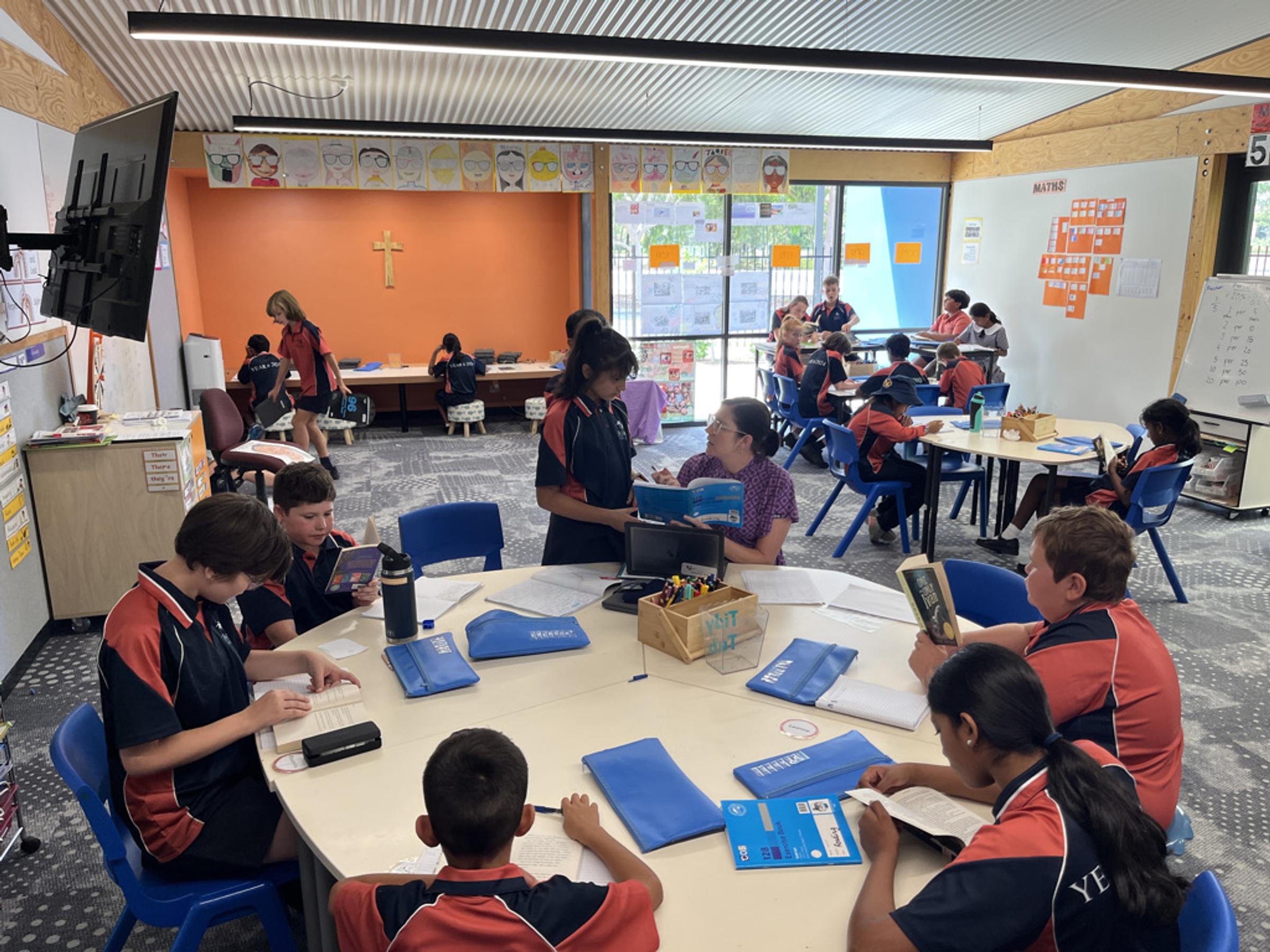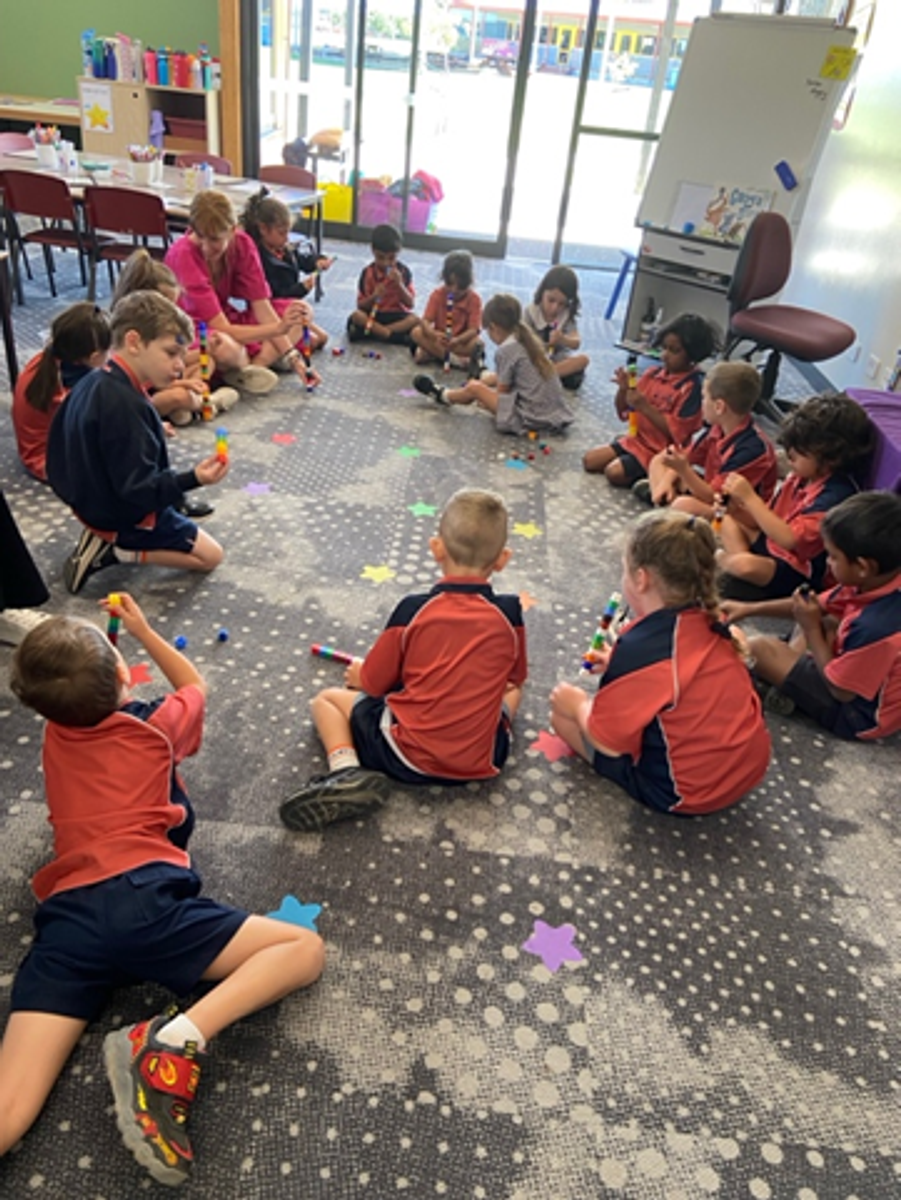Learning Enhancement

H.I.T.S. #2
In the previous newsletter I introduced High Impact Teaching Strategies (HITS), and outlined the first of those - Goal Setting. Each lesson has a clear focus/aim/goal written as a learning intention and unpacked so students are clear about what they will be learning and what success looks like.
The second of the High Impact Teaching Strategies is Structuring Lessons.
During our Professional Learning Community (PLC) time teachers have worked collaboratively to plan curriculum for term two, with a focus on maths units. By using the same planning document across the year levels we can effectively plan and deliver predictably structured lessons with a series of clear steps and transitions, and scaffold learning to build students’ knowledge and skills.
A lesson structure ‘maps’ the teaching and learning. Routines are reinforced, time on task is optimised, and links are made between prior learning and lessons and what comes next.
For our maths unit, the lesson structure is in three parts – tuning in, investigations, and reflection / making connections.
Tuning in is whole class learning time. It engages students in mathematical thinking, introduces the learning intention and success criteria, and includes explicit teaching of the knowledge and skills students will practice.
The investigations part of the lesson gives students the opportunity to practice their skills and demonstrate their understanding. They may work independently, in pairs or small groups. This time allows the teacher to work with individuals or small groups, and to conduct roving conferences to extend students’ thinking, and to support and scaffold students who need it. The plan for the investigation session includes adaptations to provide learning experiences for all levels of ability within the class.
Towards the end of the lesson, the whole class engages in reflection and making connections. Focused teacher questioning draws out the learning, reviews the learning intention and the success criteria and helps students to make links from one lesson to another, and between concepts. Students working on area and volume for example, may make links with prior learning about multiplication; students focusing on fractions may make links to telling the time using half and quarter hours.
Teachers also plan for assessment opportunities within the lesson. Tests are the traditional form of assessment for the end of a unit of work to find out what the students have learnt and how much progress was made. More importantly, each lesson provides opportunities for the teacher to use observation and questioning as on the spot assessments to inform the next steps in their teaching, tuning in to misconceptions, identifying students who have made a break through with their understanding, and to identify those who need extending because they have demonstrated fluency at the level of expectation. Students receive immediate feedback.
By using a predictable, routine lesson structure we are optimising learning time and allowing students to focus more on their skill and knowledge development. They are learning to be reflective and better able to answer Lyn Sharratt’s 5 critical questions:
- What are you learning?
- How are you doing?
- How do you know?
- How can you improve?
- Where do you go for help?
We look forward to working with your children in term two and watching them grow into the best students and the best people they can be.
Regards
Jen McKillop, Eloise Liddell and Jess Moodie
ICAS Letter


